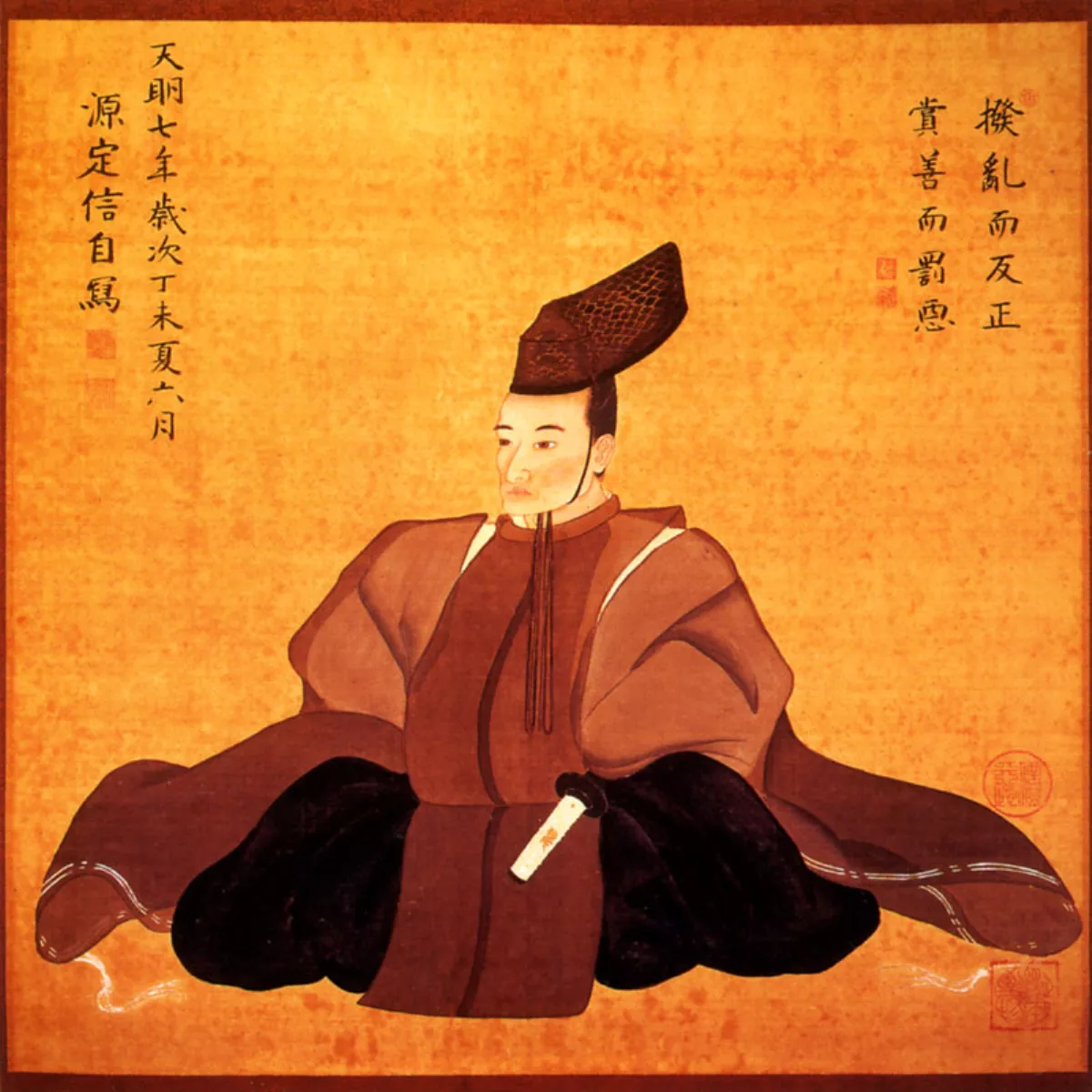 1.
1. Matsudaira Sadanobu was a Japanese daimyo of the mid-Edo period, famous for his financial reforms which saved the Shirakawa Domain, and similar reforms he undertook during his tenure as chief senior councilor of the Tokugawa shogunate, from 1787 to 1793.